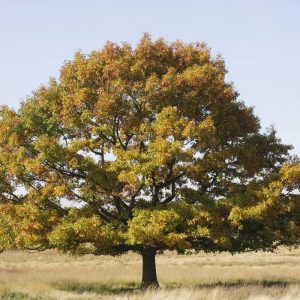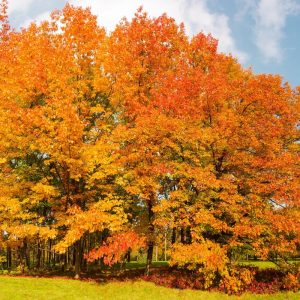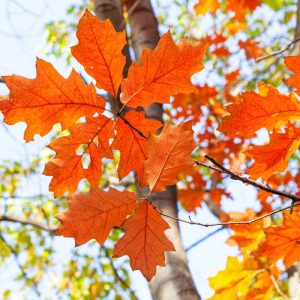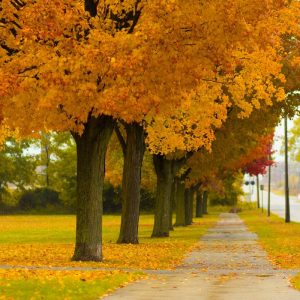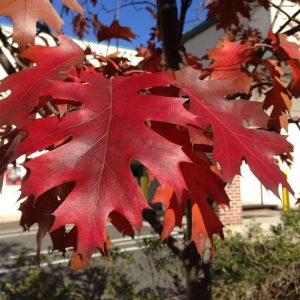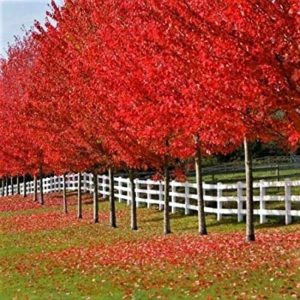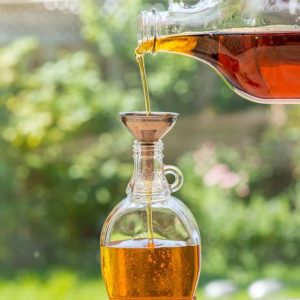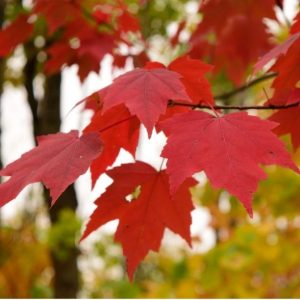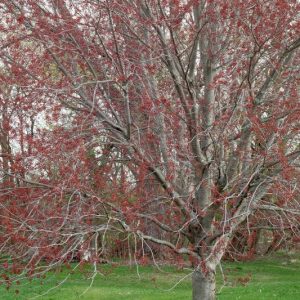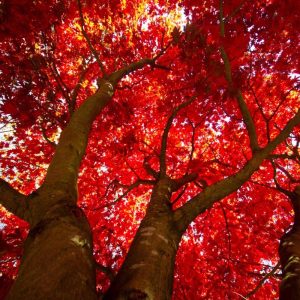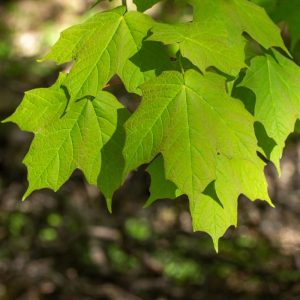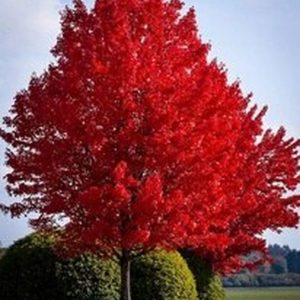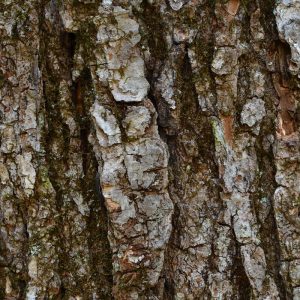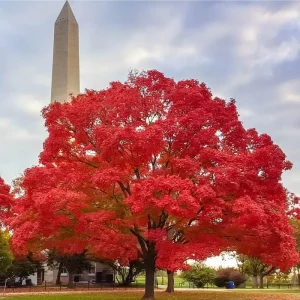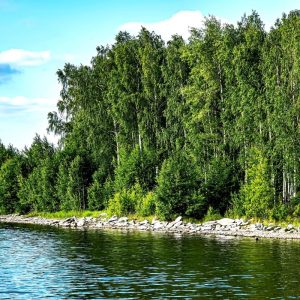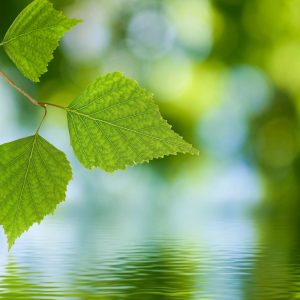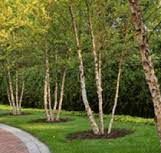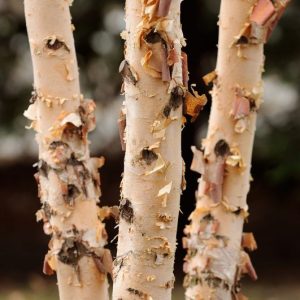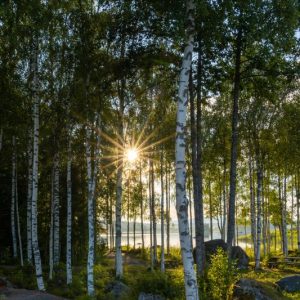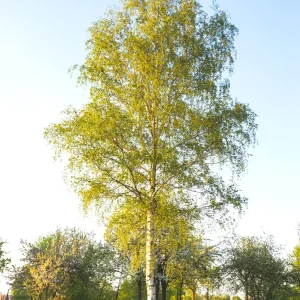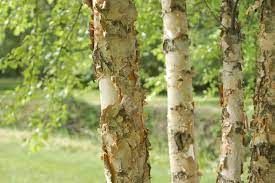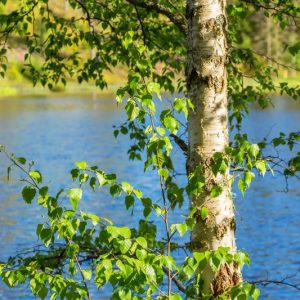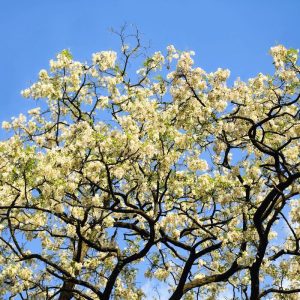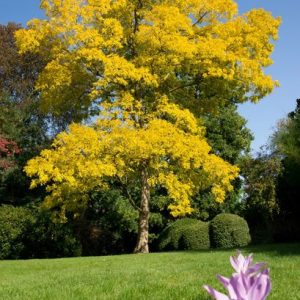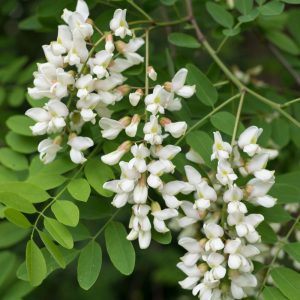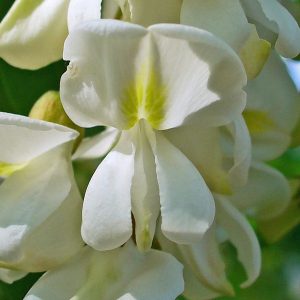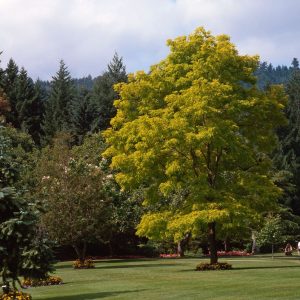FOUR DECIDUOUS SEEDLING CHOICES
Deciduous trees lose their leaves for part of the year, typically at the end of the growing season. If you have ever raked leaves in the fall, those leaves had fallen off deciduous trees.
NORTHERN RED OAK
GROWTH
Fast growing & good for landscapes. They grow 60 - 70 feet tall with a spread of 40 - 60 feet. Tremendous shade in the summer and beautiful color in the fall.
Zones 3 - 7
CARE
Easy to transplant and tolerant of urban conditions, including dry and acidic soil.
INTERESTING FACT
Acorns mature every other year, attracting wildlife when they do.

RED MAPLE
GROWTH
Red Maple trees are known for their brilliant red autumn foliage. They are fast growing and can reach 40 - 90 feet tall and to 150 years of age. At maturity, the crown spans 25 - 40 feet in width.
Zones 3 – 9
CARE
Red maples thrive from the east coast to the Mississippi River, and from Newfoundland to Florida. They like bright sun to partial shade. In the North, they grow best in wet woods and bottom lands, and in the South in dry upland areas.
INTERESTING FACT
The sap of a Red Maple can be used to make syrup, though not as high quality as sugar maples. Its wood is used for inexpensive furniture, railroad ties, and firewood.
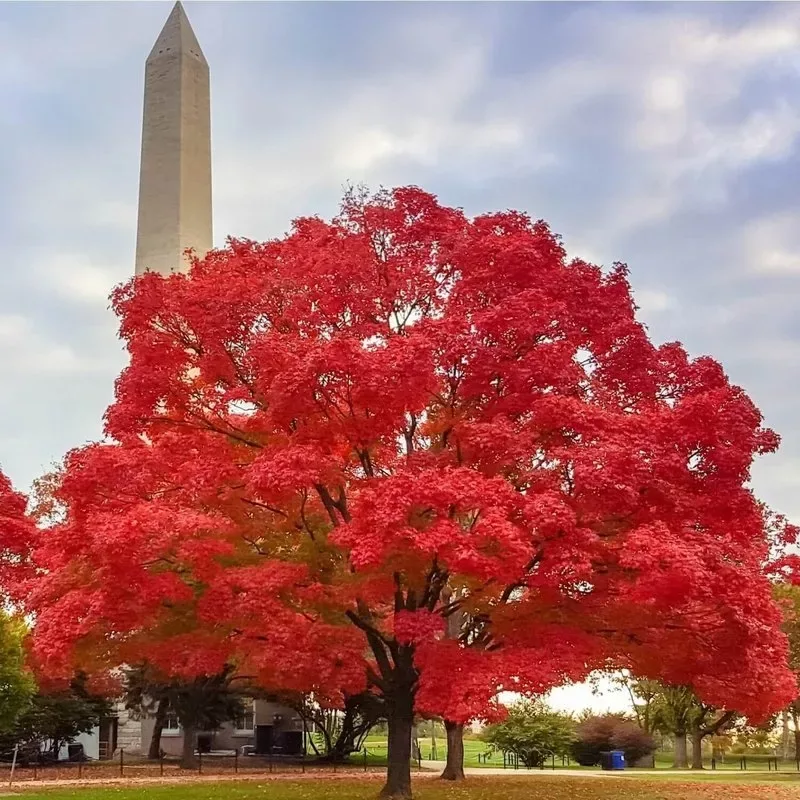
RIVER BIRCH
GROWTH
The River Birch grows to a height of 40 - 70 feet at a medium to fast rate with height increases of 13 inches to more than 24 inches per year. The species is valued for its relatively rapid growth, tolerance of wetness, and even some drought conditions.
Zones 3 – 9
CARE
As its name suggests, the River Birch grows naturally along riverbanks. But, as a landscape tree, it can be planted almost anywhere in the U.S. Full sun and partial shade are best for this tree.
INTERESTING FACT
River Birch wood was once used for ox yokes, wooden shoes and other products needed around the farm. Disdained by loggers as knotty and spindly, they were often left to grow along the riverbanks to control erosion.
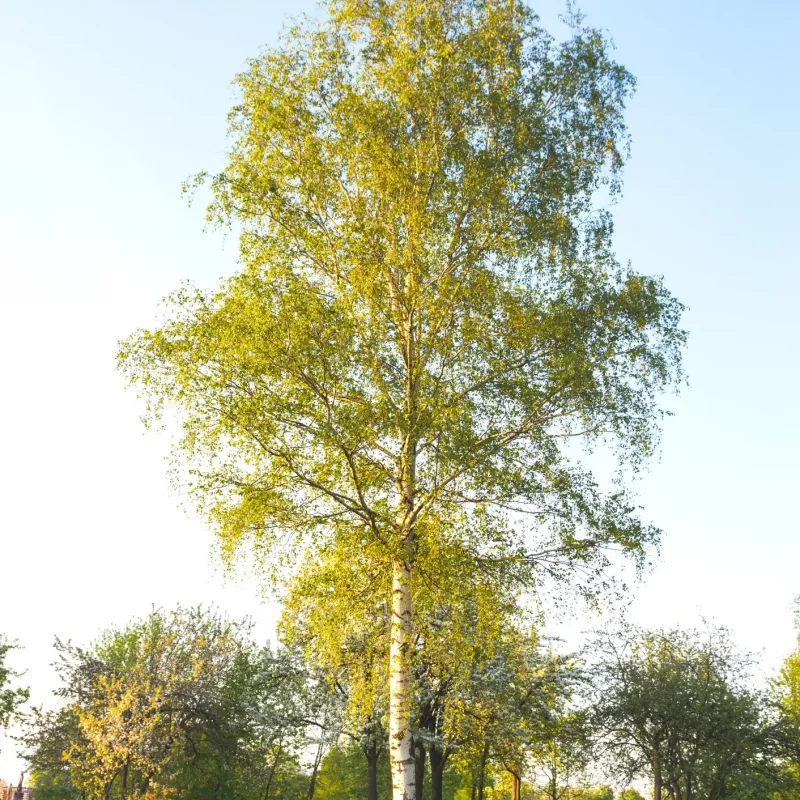
BLACK LOCUST
GROWTH
Grows 40 - 100 feet high with a smallish diameter of 2 - 4 feet. The leaves are dark blue-green with a light underside, which makes for a beautiful graceful picture in the wind.
Zones 4 – 8
CARE
The shallow, aggressive roots help hold onto soil. The tree grows quickly and on poor soils due to its ability to fix nitrogen. Likes sunlight and dry soil.
INTERESTING FACT
Its wood is one of the most rot resistant as well as being one of the hardest. Europe has started to supplant tropical woods with this tree.


